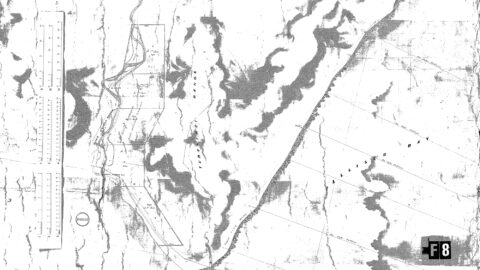Te Aro Reclamation
A malign fate seems to pursue that unlucky Te Aro reclamation. It has already sent two successive contractors into the Bankruptcy Court, and the date of its completion seems still as indefinitely remote as ever. For ten years this work has been dragging its slow length along. The greater part of this time was, it is true, spent in preliminary negotiations, but nevertheless, the matter has, in one way or another, been hanging on hand ever since 1874. Judging from present appearances, we can hardly hope for the work to be finished much before 1894.
Where the special weakness lies, we do not pretend to say, but it has certainly seemed to us lately that a very different and much more vigorous method of procedure is imperatively necessary if the reclamation is to be carried out in the present generation. In the absence of an outer retaining wall to act as a breakwater during the progress of the work, the waste caused by the inroads of the sea during northerly winds is enormous. This can be seen by the effect of the wash on the causeway, which was first run out near Cuba-street. A great part of that has already disappeared, and a good deal of the reclamation is washed away bit by bit during every northerly wind, the destruction, of course, being greatly increased in hard gales from the quarter to which the work is exposed.
What is also a very serious matter is that all the stuff thus washed away goes to silt up the harbour round the wharf. The mischief is encouraged by the slow rate at which the filling in must needs proceed with the limited appliances at present in use, now that deeper water is being reached. We should say that, in the deep water filling, the little engine, with its half-dozen trucks, will be able to do little more than make good the waste caused by severe northerly gales, with heavy rain and sea.
When we recollect how long it took to finish the Thorndon reclamation, with no great exposure to gales and waves, but with a retaining wall to keep off the sea, and with a powerful locomotive taking its load of 30 large trucks twice hourly, one thinks with a feeling akin to despair of the little tramway engine and its half-dozen little trucks creeping gently at long intervals with such small loads of “stuff,” while the fierce gales of the stormy season are scooping away wholesale the stuff deposited in such driblets.
In view of existing circumstances, we earnestly hope the plan of proceeding will undergo prompt and extensive revision.
Tags: Newspaper Tramways




